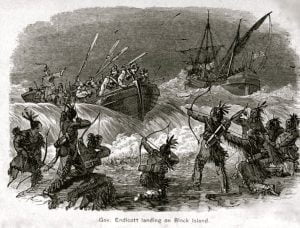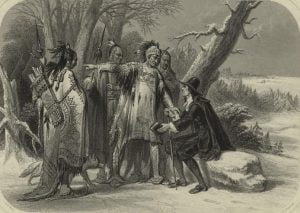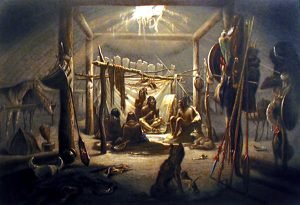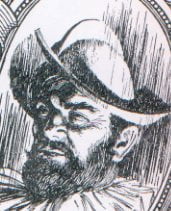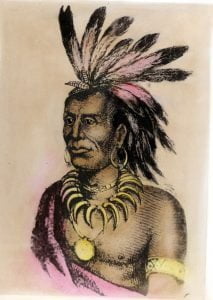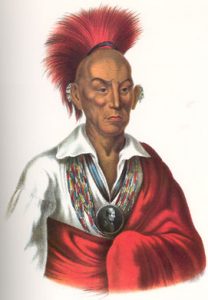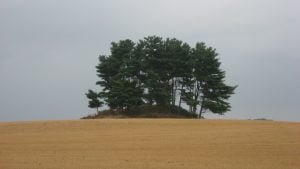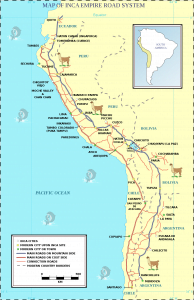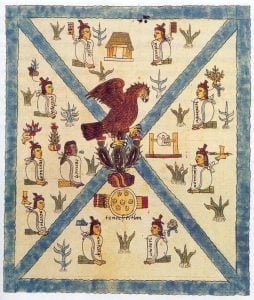King Philip’s War
The events of which we shall now proceed to give a brief synopsis, were of more momentous interest, and fraught with more deadly peril to the New England colonies, than aught that had preceded them. The wild inhabitants of the forest had now become far more dangerous opponents than when they relied upon their rude flint-headed arrows, or heavy stone tomahawks, as the only efficient weapons of offense. Governor Bradford, many years before the breaking out of the hostilities which we are about to detail, had given a graphic description of the effect produced upon their deportment and self-confidence by … Read more


